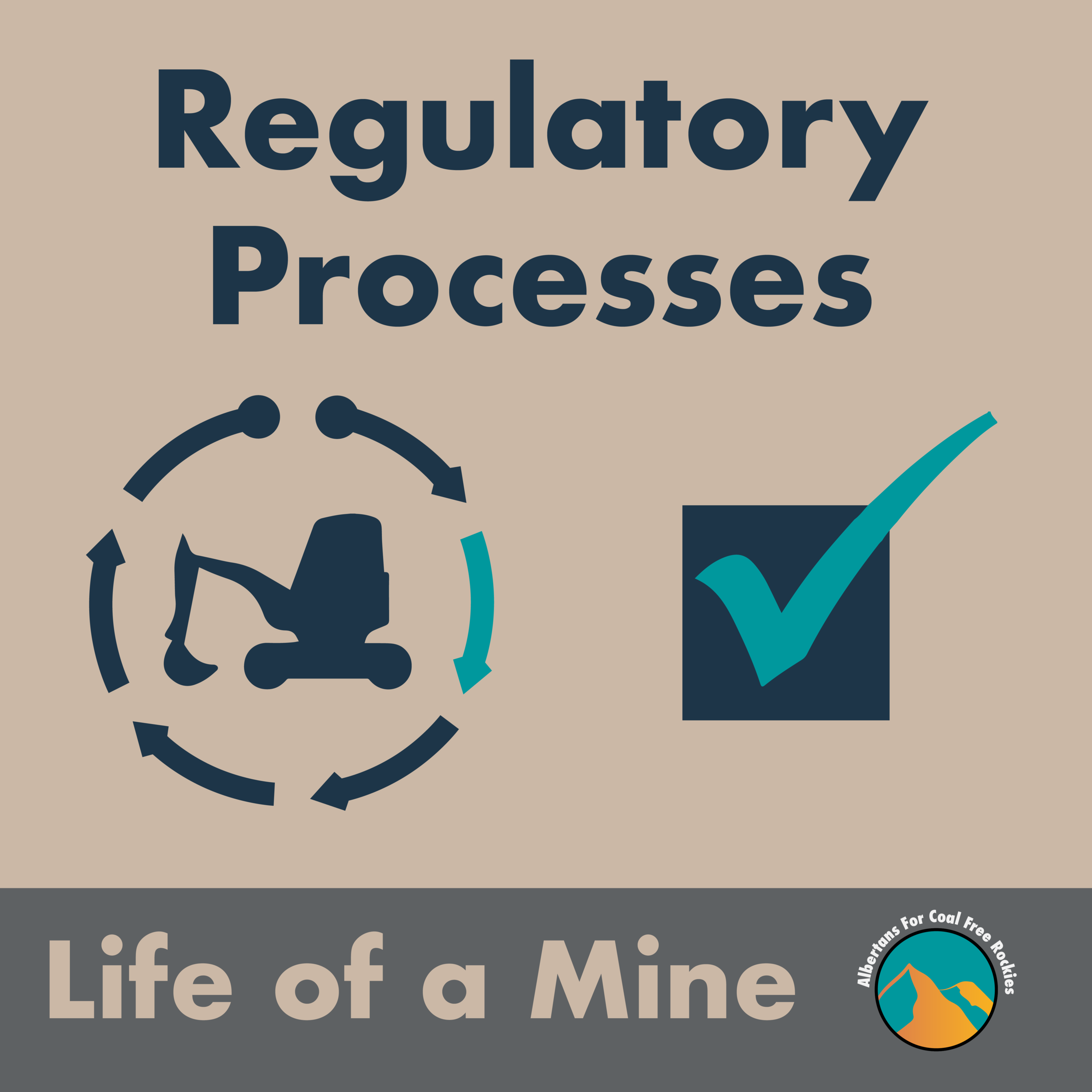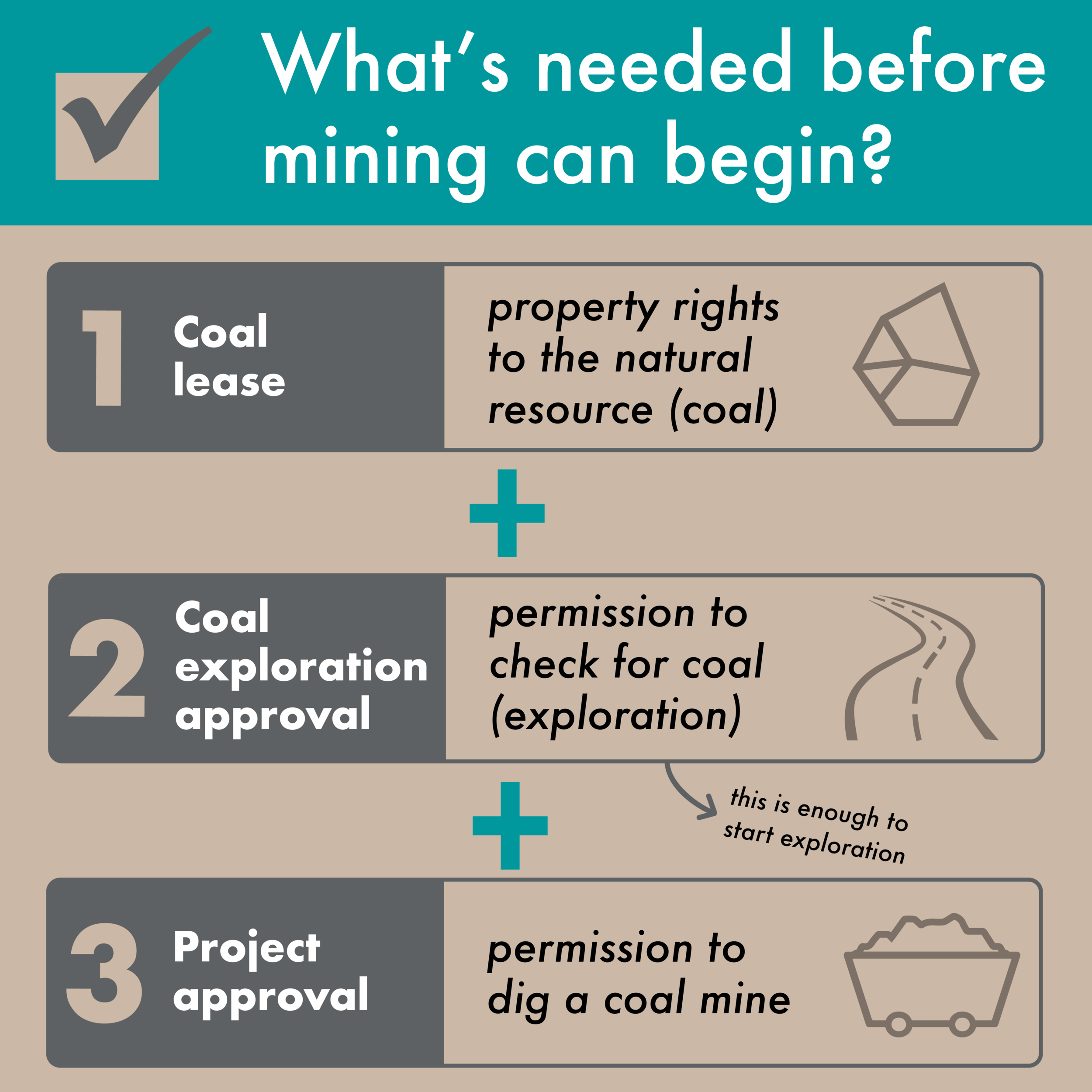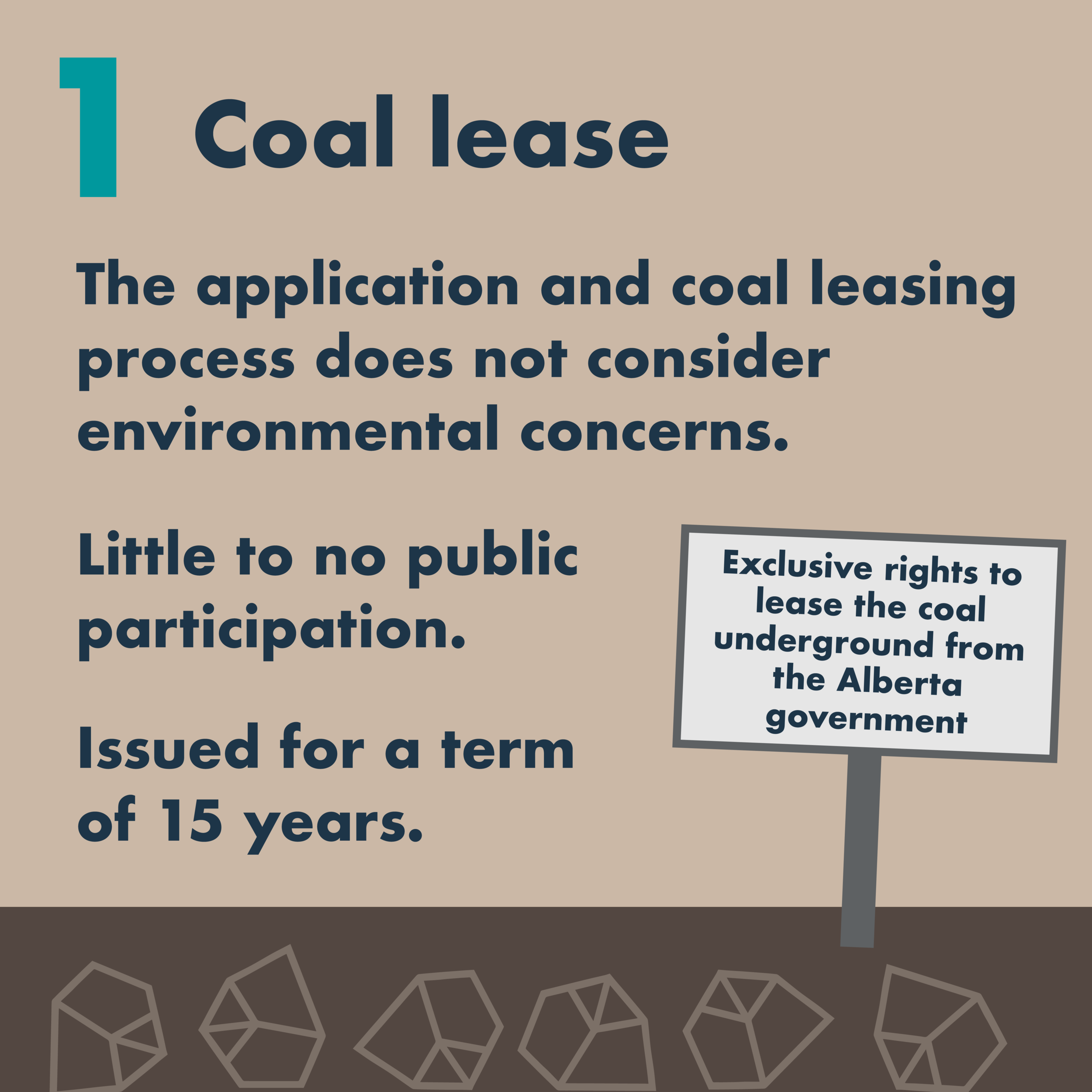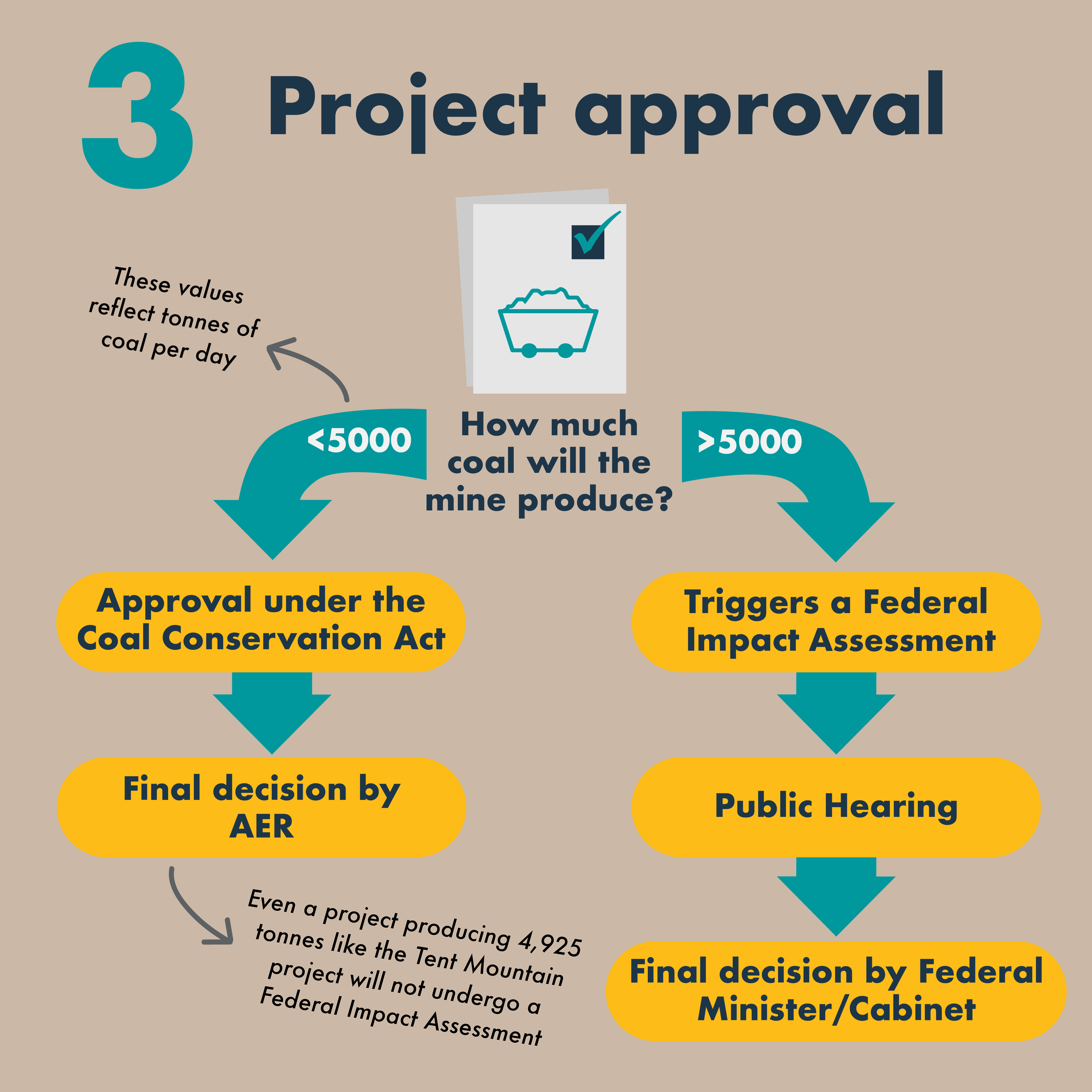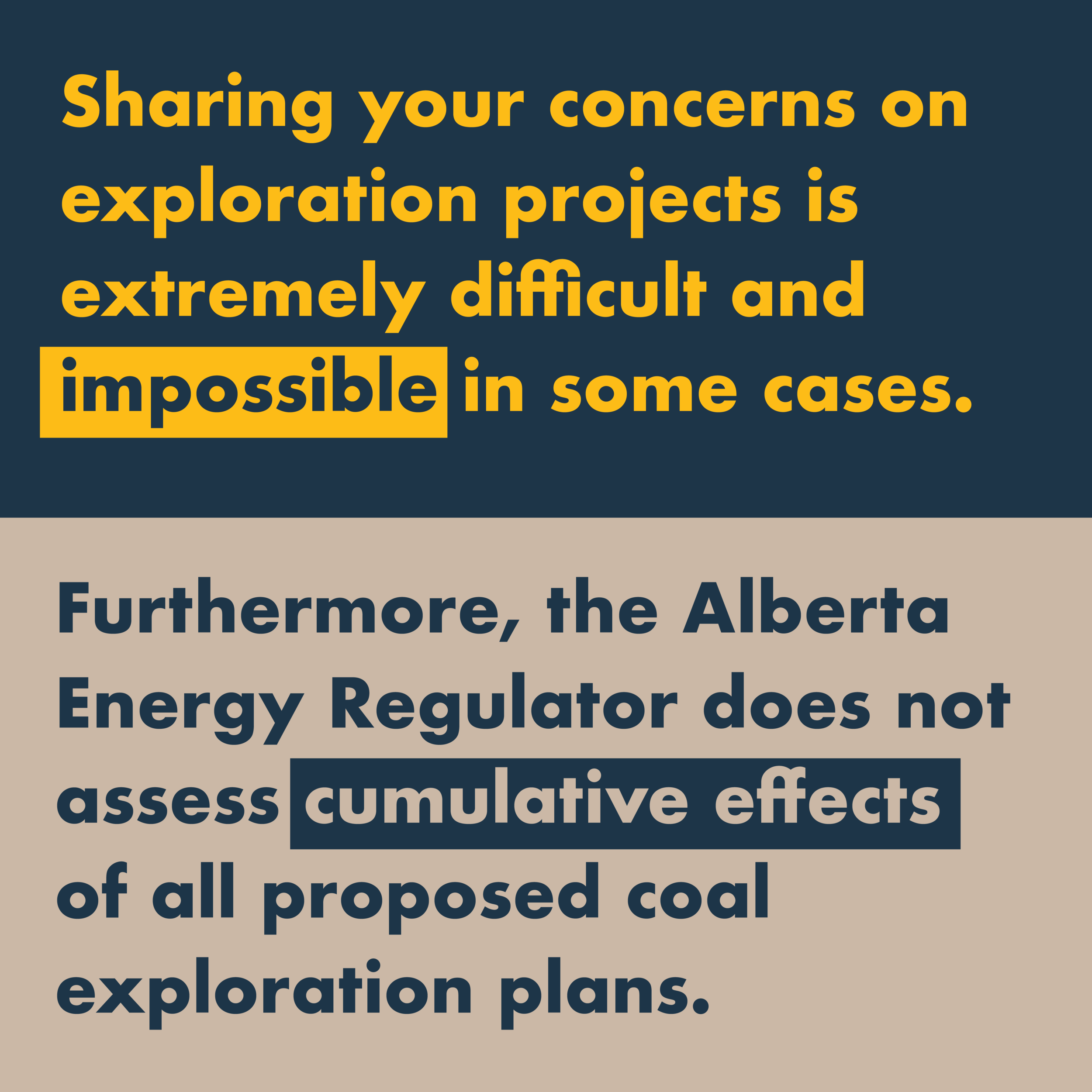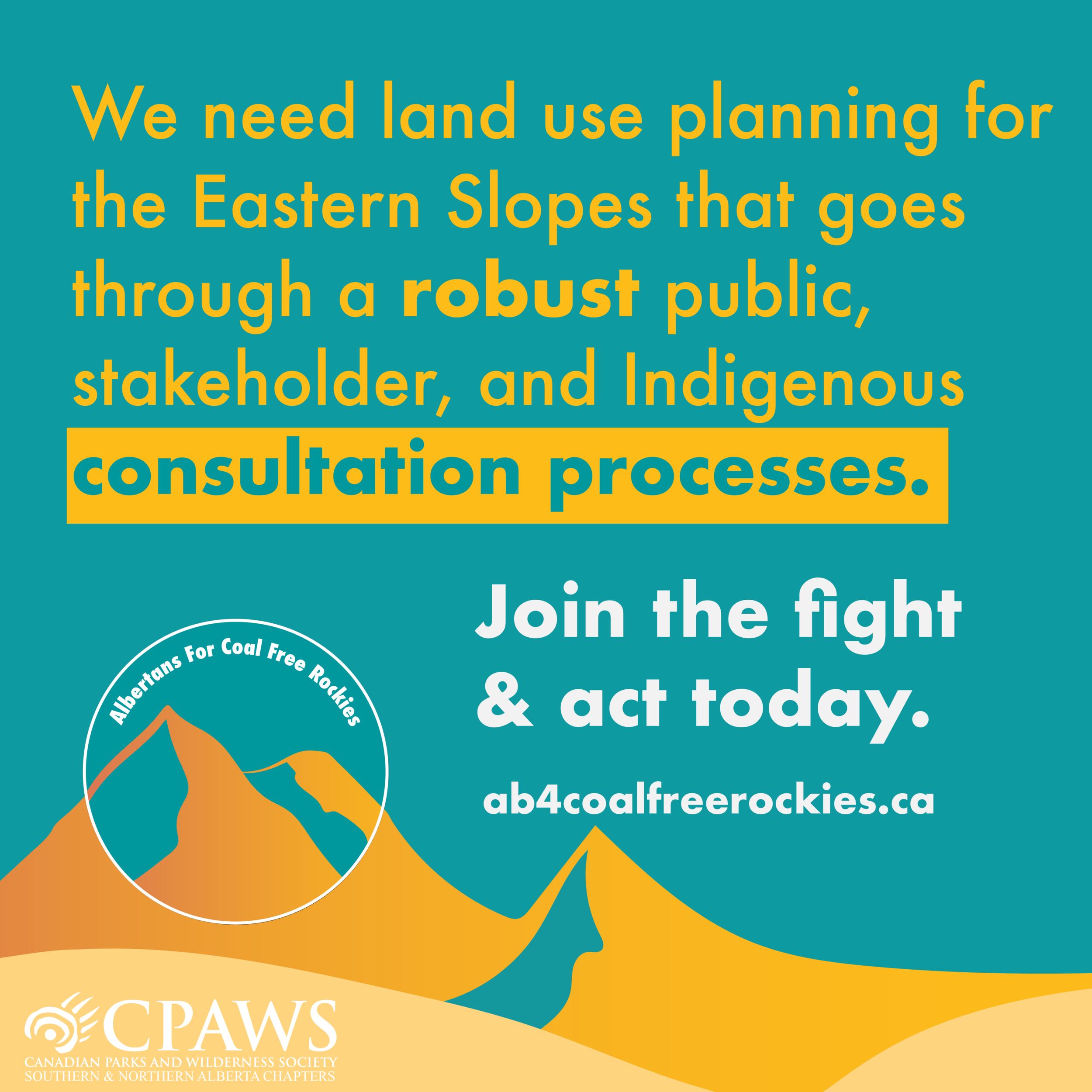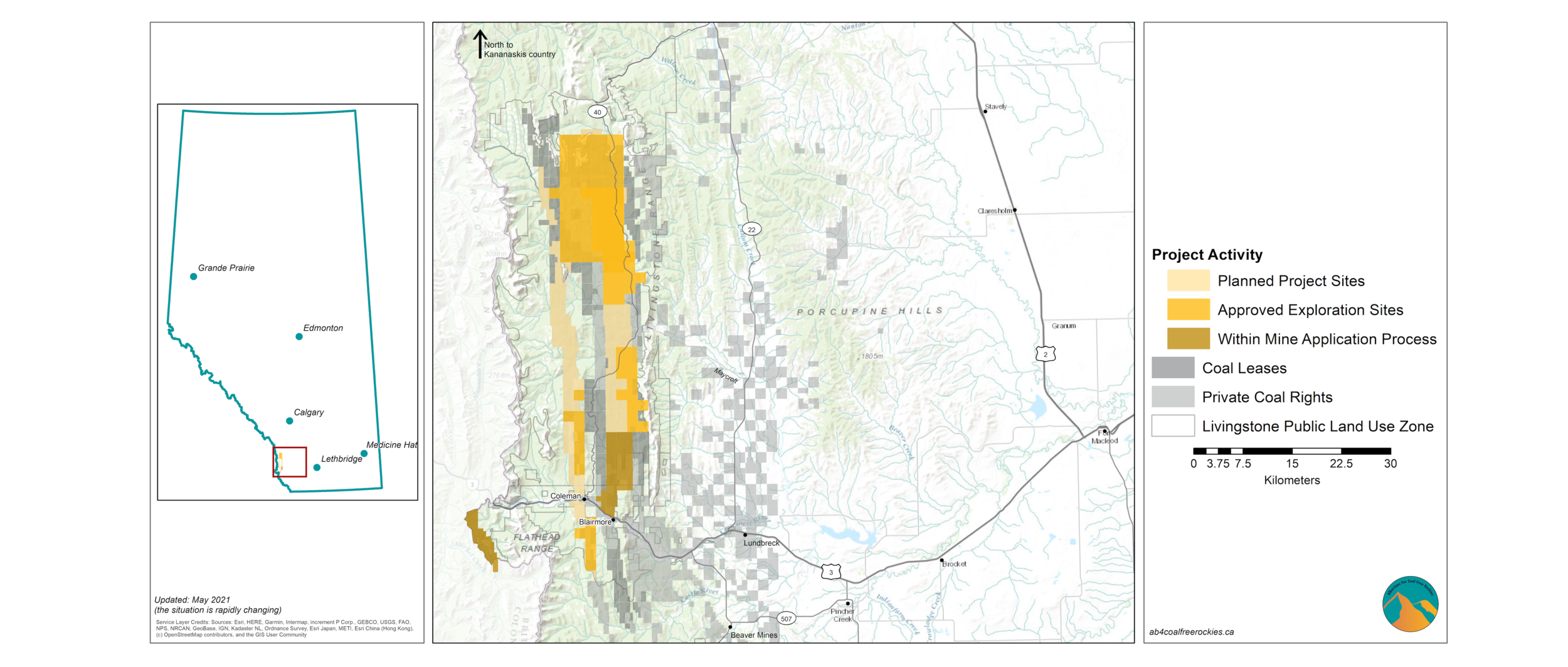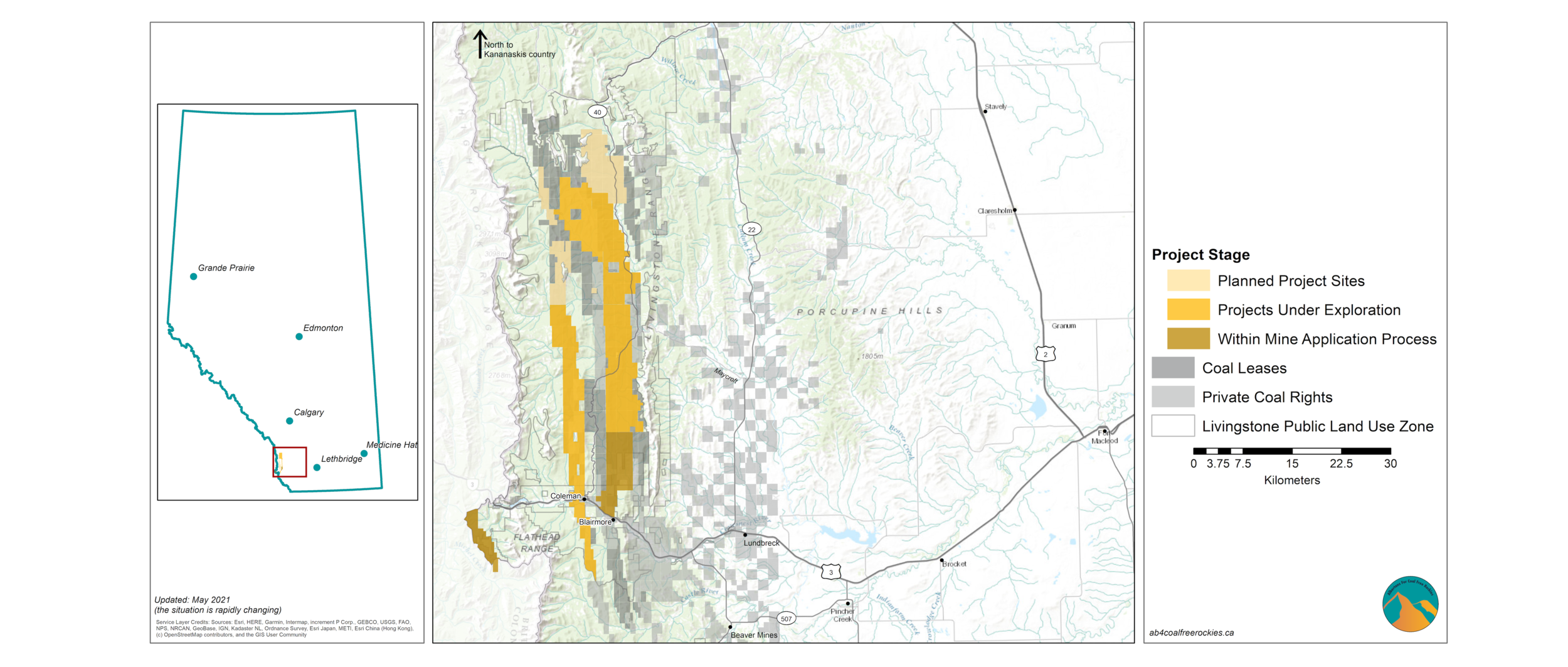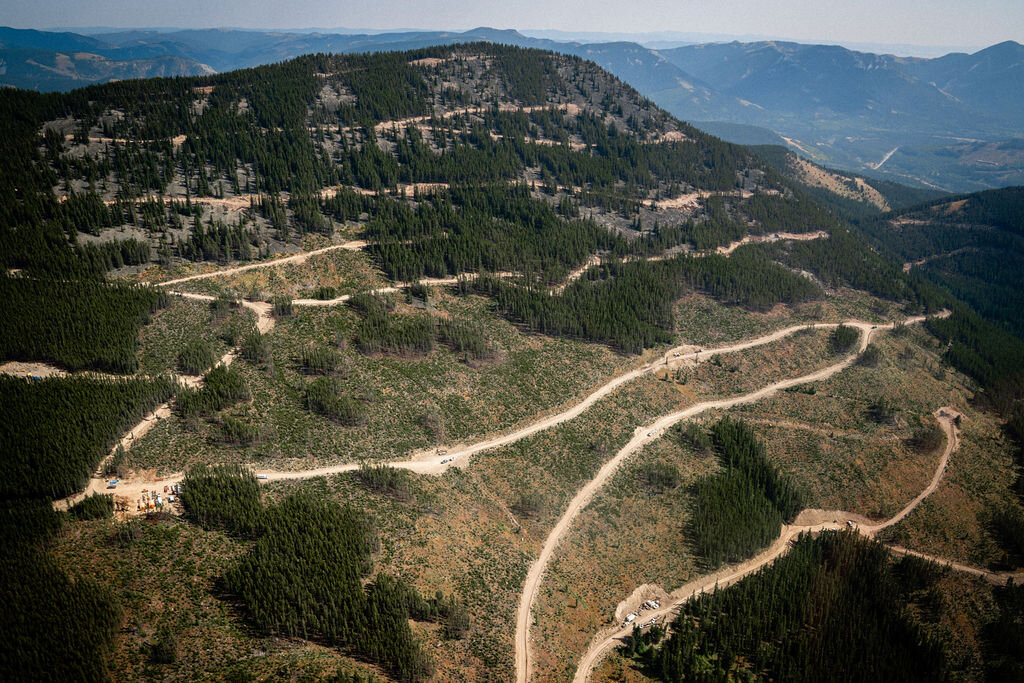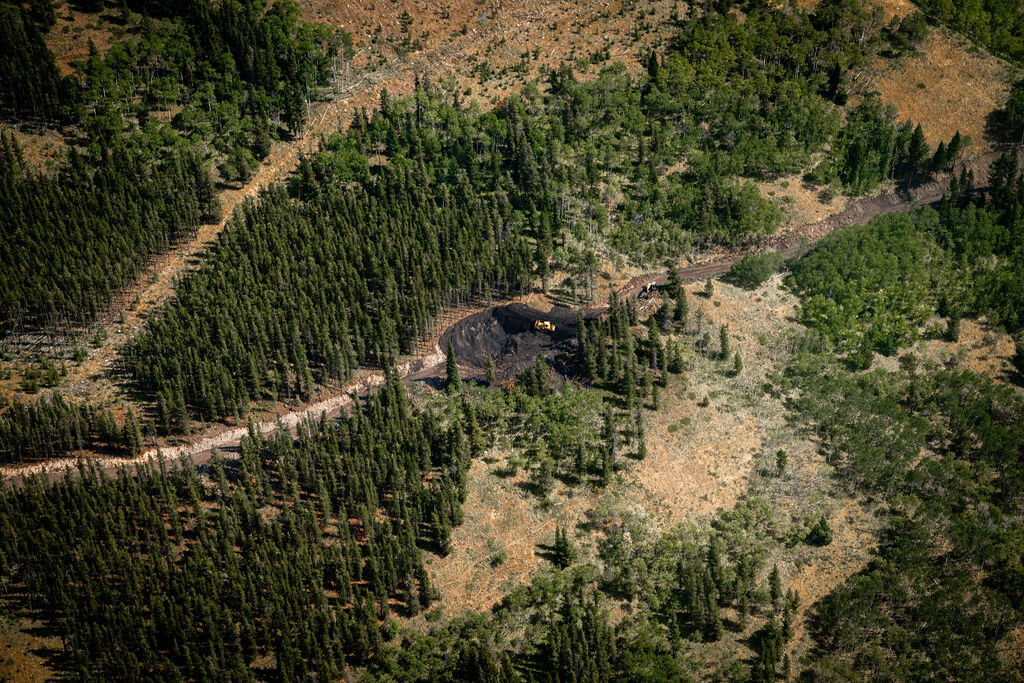Life of a Mine Part 2 - Regulatory Processes
In this series we’re going to take you from start to finish through the life of an open-pit coal mine in Alberta. Keep reading below to learn about which regulatory processes take place, or click on one of the other stages below to learn more.
Thank you to the University of Calgary Public Interest Law Clinic for providing the resources and research to create this article.
But first, you might be asking — why is it important for me to understand these complicated processes around coal mining?
Fair question!
With this knowledge you will:
Understand when and why the public is engaged in consultation opportunities
Question whether these processes allow you to meaningfully participate
And most importantly, share your learnings with others!
We know that the technical knowledge around these issues can be a bit confusing or intimidating at first, but we believe that you shouldn’t have to be an expert to understand these important processes that may impact you.
Let’s break it down.
Before a company can start mining, there are three approvals they must meet:
Coal lease: property rights to the natural resource (coal)
Coal exploration approval: permission to check for coal, ie. exploration. *This alone is enough to start exploration.
Project approval: permission to dig a coal mine
Part 1: The Coal Lease
For public lands, coal lease gives a company exclusive rights to lease the coal underground from the Alberta government. These are granted by Alberta Energy.
Coal leases are issued for a term of 15 years and are renewable. The coal leasing process does not consider environmental concerns. There is normally little to no public participation for coal leases.
Freehold coal rights also occur on public lands and are owned by private individuals or corporations and not by the Crown. A coal lease is not required for areas of freehold rights to explore or develop these coal resources.
The map below showcases all the coal leases present in southern Alberta currently marked by the dark grey boxes labeled “Coal Leases” and the freehold coal rights in light grey.
In December the government put 11 coal leases up for auction. In January 2021, based on public pressure, the Government of Alberta announced that it would cancel these 11 leases. However, this only accounted for 1,800 hectares of land — a mere 0.2% of the land that has already been leased.
There are still more than 772,013 hectares of coal leases and rights in the Eastern Slopes.
Part 2: The Coal Exploration Approval
Exploration allows the coal companies to perform deep drilling to check for the quality & quantity of coal. This involves drilling a series of holes as well as building hundreds of kilometres of roads to explore whether there is suitable coal underground.
Companies do not need to have a coal lease before applying for the coal exploration license. Most companies will obtain a coal lease in advance for financial reasons as they may otherwise end up in a bidding war for the coal lease with other developers.
This map showcases the exploratory roads and drill holes that were approved in 2019 and 2020. This map shows approximately 500 km of roads and 1296 drill holes, all within an area of 1404 km2. Exploration can have devastating impacts on the landscape by fragmenting habitat and affecting water quality. Examples of what a exploratory roads and drill sites look like are shown below. Imagine this across all those sites shown in the map above.
Elk Valley Exploration in B.C., photos by East Cherry
Exploration activities must comply with the Public Lands Act (PLA) and the Environmental Protection and Enhancement Act (EPEA). The PLA restricts anyone occupying public land in order to investigate natural resources that may exist on the land without obtaining authorization in advance.
The EPEA is the primary law in Alberta to protect air, water, land, and biodiversity. This Act dictates company requirements in order to obtain government approvals for coal exploration. The AER makes a decision on whether or not to approve a coal exploration permit application under these two acts and their regulations.
Currently, sharing your concerns on exploration projects is extremely difficult and impossible in some cases. Furthermore, the Alberta Energy Regulator does not assess the cumulative effects of all proposed coal exploration plans when making their decisions. For more information on this process, and why it’s so frustrating to voice your concerns over these projects as an Albertan, read through our first Life of a Mine blog post on consultation.
Though the Government of Alberta announced that it will be halting some exploration in the Rocky Mountains, there are still some areas that are open to unnecessary damage from exploration while Albertans are still having conversations about the future of the landscape.
Part 3: The Project Approval
All coal mines need project approval under the Coal Conservation Act from the AER. If a mine is planning to produce over 5,000 tonnes of coal per day or 1.8 megatonnes of coal per year, then it triggers a Federal Impact Assessment, which undergoes a public hearing for the concerns of the public. A final decision is then made by the federal minister of the environment or the federal cabinet.
Mines that don’t qualify for a Federal Impact Assessment and only require approval from the AER can get approved much faster and hearings will only hear from those that are “directly affected.” The narrow definition of “directly affected” would be someone who owns land on or adjacent to the project and who may have impacts to their water, for example. This rules out most of the public in this “public engagement” process.
For example for Montem’s Tent Mountain Coal Mine Project mine proposal, the company purports that it will produce an average of 4,925 tonnes of coal per day, and thus should NOT automatically trigger a Federal Impact Assessment. However, there are several reasons why this project is of federal concern and could still be subject to a federal assessment. The project:
Straddles the border between Alberta and British Columbia
Is likely to impact federally designated species at risk
Threatens national water supply
Infringes on Indigenous Treaty Rights
Will significantly contribute to climate change
And does not consider cumulative impacts from nearby proposed mines such as Benga’s Grassy Mountain Coal Mine Project or other exploration and mine proposals in the region.
For these reasons, a number of organizations are calling for a federal review of the Tent Mountain Coal Mine Project.
What’s next?
Despite new coal mining projects having to undergo this three-step approval process, far too many projects are still seeking approval for mining in the Eastern Slopes of central and southern Alberta. It’s worrying to see the sheer number of applications that could potentially impact the Rockies, Alberta’s wildlife, and our communities.
It’s been made clear to us that Albertans are not at all willing to put our Rocky Mountains and the irreplaceable benefits they provide at risk. These areas are near and dear to Albertans, and we want our future generations to enjoy the same landscape that we do today.
The coal companies have already shared their view of the Eastern Slopes with the Alberta Government. Share your vision for the future of the Eastern Slopes. Write your letter today.
Share your vision for the future of the Eastern Slopes.
